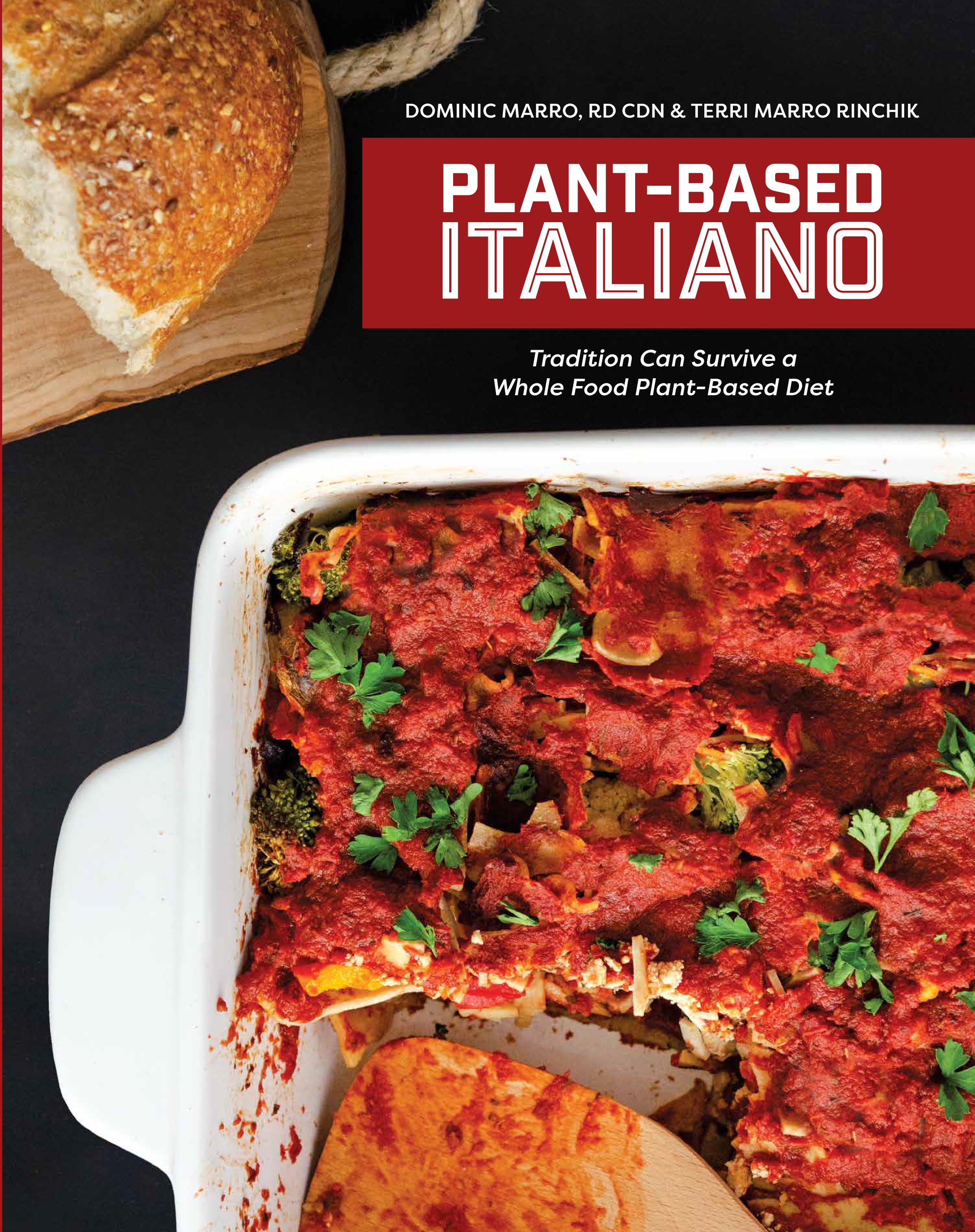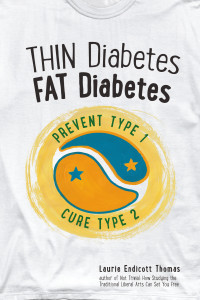If you are overweight or obese and are discouraged at your rate of weight loss after transitioning to a WFPB diet, you may be sabotaging your efforts by consuming too many liquid calories. Although homemade juices and smoothies can be a convenient way to increase fruit and vegetable intake, they may not be ideal for many of us.
Liquid calories are low in satiety. This is a fancy way of saying that liquid calories don’t fill us up as much as if we ate the food as a solid. So it is very easy to over consume calories when we consume them as liquids.
In an Op-Ed piece, registered dietitian Katherine Tallmadge shares that there are several theories explaining why liquid calories cause lower satiety:
“First, cognitively, people have a harder time realizing that liquids count. Also, the mouth-feel of a liquid versus a solid may generate different signals, less time and involvement with food, and reduced psychological satisfaction. Finally, because liquids travel more quickly through the intestinal tract, they alter the rate of nutrient absorption, which can affect satiety hormones and signaling. It’s likely that all of these reasons are relevant.”
Luckily, soups appear to be an exception to the liquid = low satiety rule. In fact, there is quite a bit of evidence that supports eating low calorie soup prior to the main meal to cut overall calories.[1].
Should homemade juices and smoothies be avoided at all costs? Not necessarily and certainly not for everyone. However, I’m much more lenient with smoothies than juices as juices are devoid of fiber and have less health-promoting phytonutrients than smoothies.
Hard core athletes like runners, swimmers, bodybuilders and triathletes often struggle to get enough calories after switching to a WFPB diet. Smoothies can be a great way for athletes to add healthy calories and spare muscle tissue from being burned as calories.
But if you’re not in vigorous training, drinking juices and smoothies can lead to consuming more calories than you expend.
If you’d like to see a great video that displays the sneakiness of liquid calories, I encourage you to check out this short video produced by Chef AJ.[2] . After watching the video, I think you’ll look at liquid calories in a whole new light.
[1] http://www.sciencedaily.com/releases/2007/05/070501142326.htm
[2] https://www.youtube.com/watch?v=W9Hh6wooFm4&feature=youtu.be






 E Excerpt from Laurie Endicott Thomas’s amazing book Thin Diabetes – Fat Diabetes by clicking here!
E Excerpt from Laurie Endicott Thomas’s amazing book Thin Diabetes – Fat Diabetes by clicking here!
Speak Your Mind